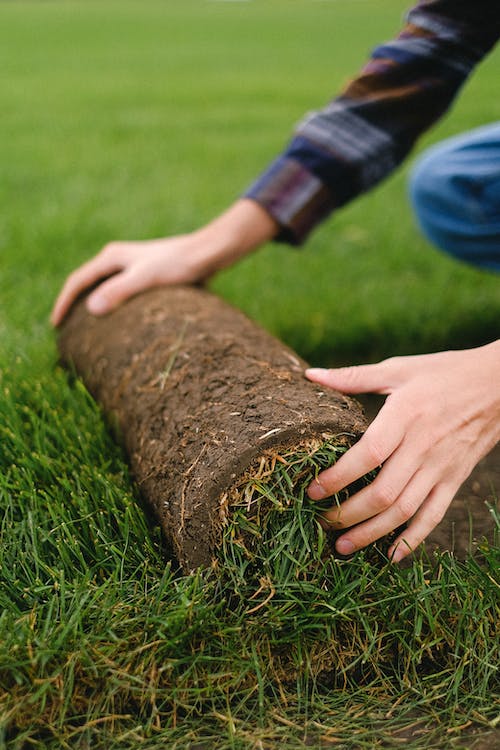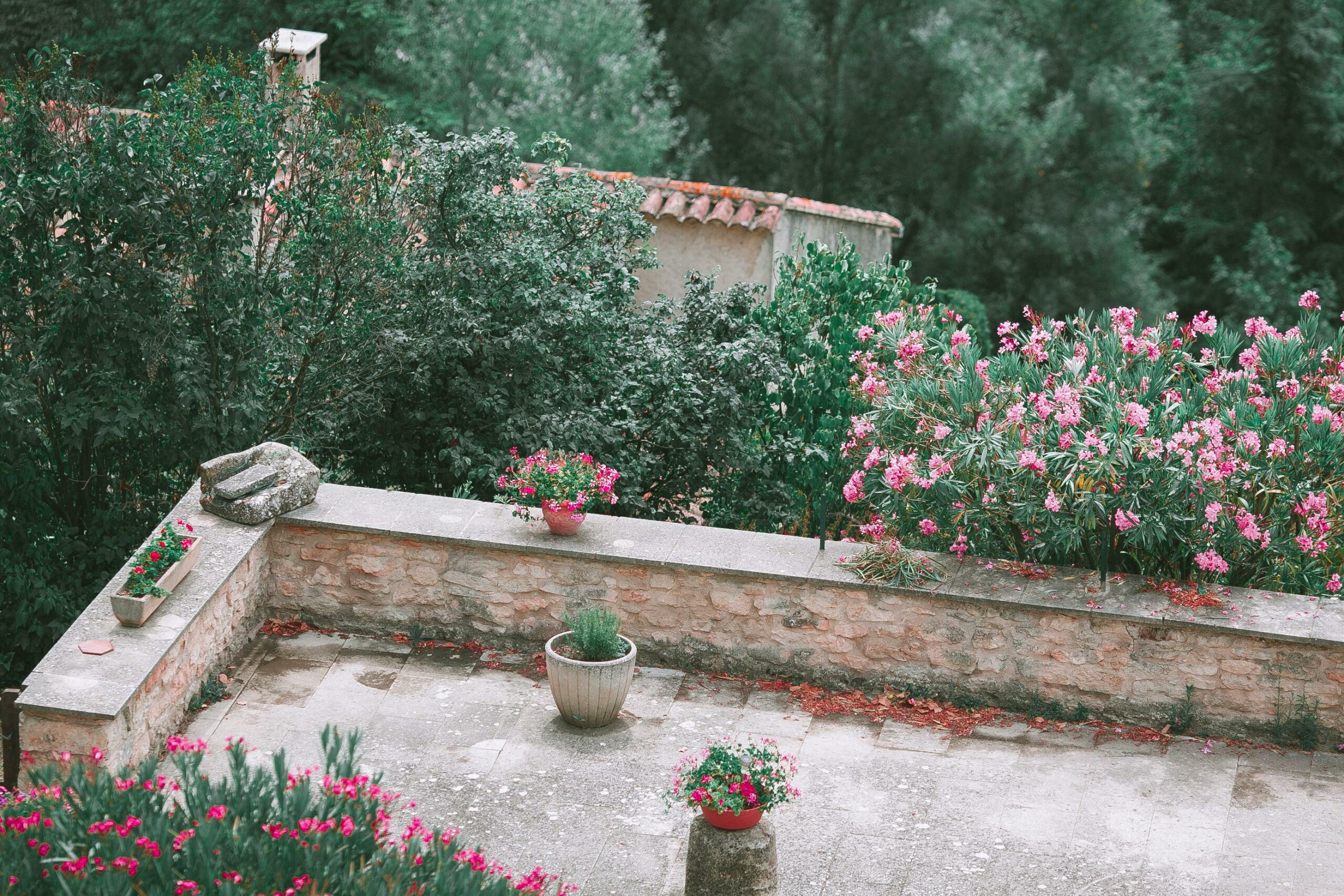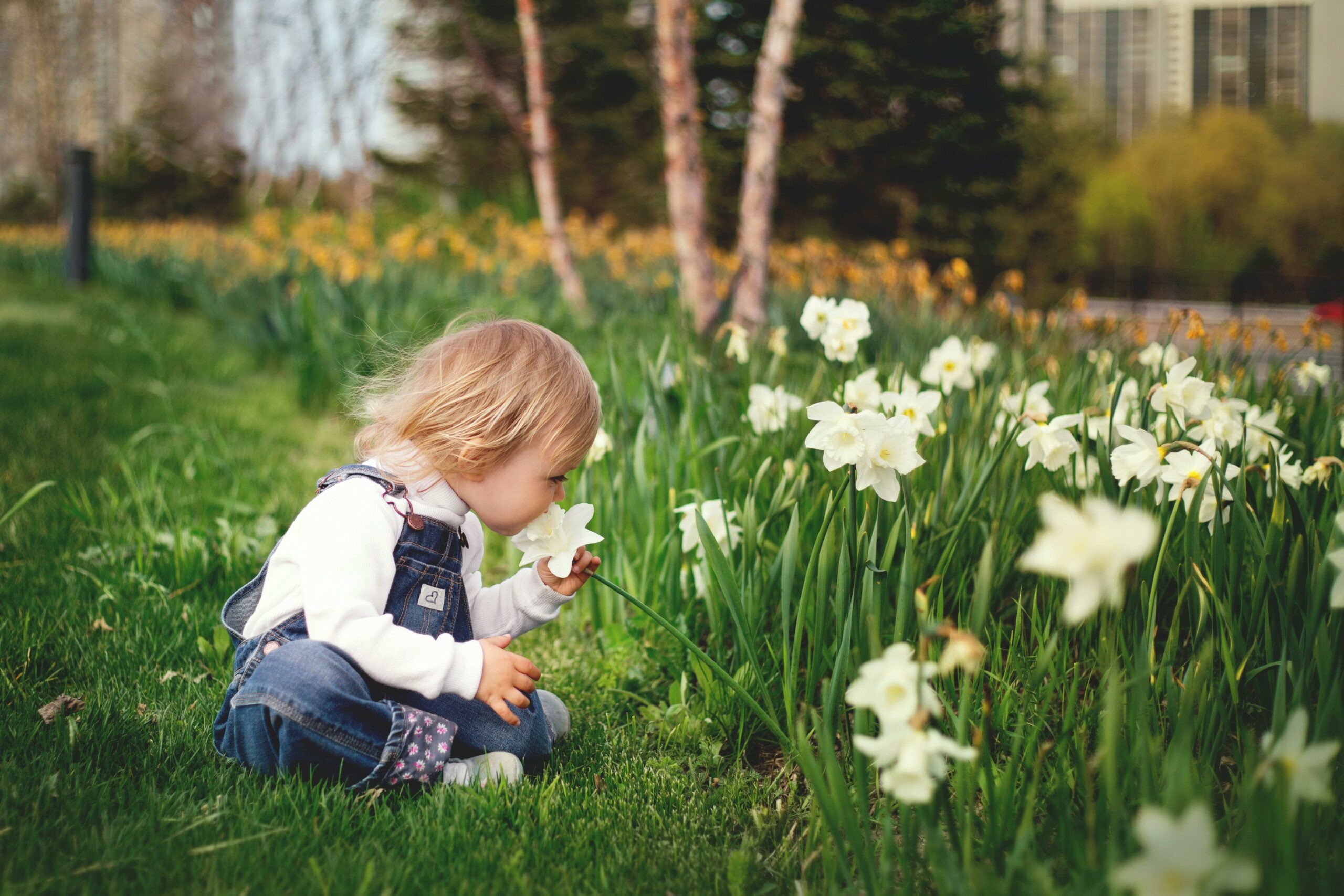As the seasons change, you must prepare your lawn for the same. As you feel the wind getting colder and nights drawing in earlier, you know that winter is coming; it is the right time to winterize your lawn.
Winterization of lawns means you must do things that will help the property’s plants, trees, and other items survive the rough weather. Many homeowners do not understand the importance of lawn winterization; thus, they harm their plants and trees.
So, if you do not want to make the same error, we suggest you prepare your backyard for the changing season. This article mentions how winterization can benefit your lawn. Read on!

Why is it Essential to Winterize Your Backyard?
Well-kept backyards and front yards add to a home’s curb appeal. Everybody who owns a lawn loves it because, besides adding aesthetics, it also has many other benefits.
However, you can only get the benefits when the property is taken care of in all seasons.
When you prepare the backyard for the harsh winter, you focus on ensuring that the grass is healthy and remains well-fed for the coming spring.
You can search for the best lawn care near me on the internet and find a reliable service provider to winterize your backyard.
It is essential to check the service provider because many use the same winter fertilizer for all grasses(cool and warm seasons); however, it is not the right thing to do.
You should choose the one that knows the difference between grasses and has the knowledge about using the right products according to your backyard’s needs.
How Does Winterization Help Your Backyard?
Helps Fight Leaching
Leaching is a process wherein crucial minerals such as nitrogen and phosphorus are lost from the soil.
In simple words, it is when the grass gets more water than the soil can absorb; thus, the water slips through and takes away the critical minerals. It may lead to:
- The dull color of the grass
- Wattage of fertilizers
- Toxic soil; reducing the population of healful worms
- Low-resilience grass and more.
However, you can prevent all these issues by winterizing your garden and backyards. The professionals will prepare for aeration, wherein they will poke a hole in compacted soil for it to breathe better. As a result, the grass will grow with more robust and deeper roots as aeration allows the nutrients better access to the soil.
Helps Survive the Winter
Have you noticed yourself getting anxious about your lawn’s health after a night of hard frost? With winterization, you don’t have to worry about the garden’s survival.
In simple words, the colder has fewer nutrients available in the environment for the grass. Also, cold soil is not ideal for conducting photosynthesis.
So, what does your grass need to survive the harsh weather? They are:
- Raking: The compacted soil and long snow sittings may result in a fungal disease called snow mold. Raking helps in preventing the damage caused by snow mold while keeping things look tidy. Moreover, it allows the affected area to loosen up, thus, promoting faster drying up of the soil.
- Mowing: It allows the fallen leaves to decompose faster; thus, it acts as an organic fertilizer for the soil. You can mow the grass for 2-2.5 inches of height. Keeping the grass too tall poses the risk of matting with frost, thus leading to snow mold.
- Fertilization: We all know fertilization is the most critical step that helps any garden survive harsh weather conditions. Summers leave the grass damaged by drought, excessive heat, and stress. Therefore, you must ensure good fertilization to give it the nutrients it requires for reviving.
Reduced Chances of Diseases
It is a fact that lawn grass is challenging to deal with and treat once it sets in. The fungal diseases besides snow mold are most active in the summer months.
Thus, consider winterization to stay ahead of them and reduce the chances of developing any conditions that may affect the garden’s health.
The main steps that decrease the possibility of disease growth, besides mowing, aeration, and fertilization, include:
- Liming: create a healthy pH for more robust and quicker grass growth
- Overseeding: The disease takes hold when they have a safe growing space. However, mixing species and overseeding creates dense grass while decreasing the likelihood of diseases taking hold.
- Maintaining the mower: Leaf blade injury is a common cause of disease; thus, you must ensure the mower is functioning well to prevent any such injury to the leaves.
Bottom Line
The best time to winterize your garden depends on the place you live in and the weather conditions. Generally, people prefer late October and early November as the best time.
In addition, you have to check other facts, such as waiting until your last mow. No matter the month you decide to winterize, you must prepare the lawn for a healthier winter.






